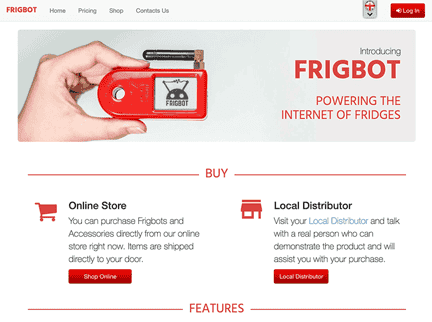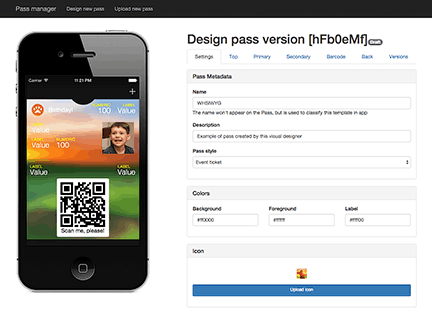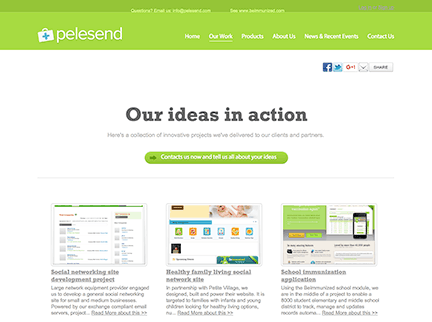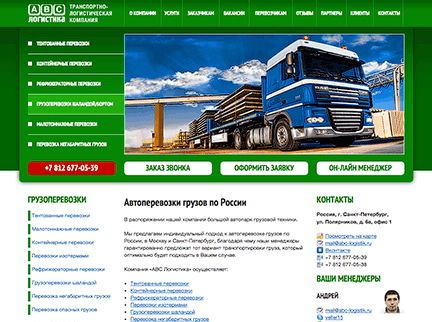Portfolio
Please, keep in mind, this is a list of
major projects
I was involved in.
Also, I did another several backend API projects not listed here (NDA).
Plus, there's a lot of scripts/parsers (love parsers!) and ruby gems I've
created for these 14 years
Frigbot (IoT)
Legacy Rails code refactoring, telecom integrations, high-load IoT cloud built
Higgins MD 420
Refactoring and developing website for medical marijuana evaluation clinic









